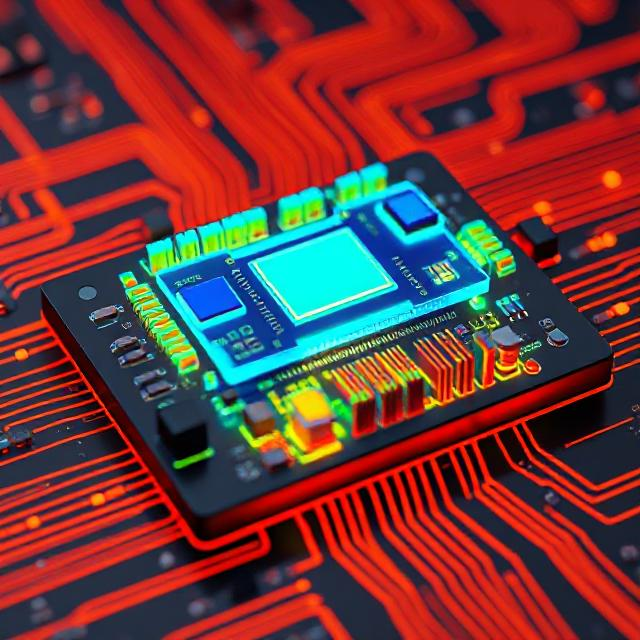When engineers and designers create electronic circuits, it’s important to make sure everything works correctly before building the actual physical version. To do this, they use circuit simulation software like LTspice, Multisim, or Proteus. These tools allow them to build and test circuits on a computer. This process is called circuit simulation.

Purpose of Circuit Simulation
1. Test the Circuit Design
The main reason to simulate a circuit is to see if the design works as expected. Before spending time and money to build it in real life, simulation helps check how the circuit behaves.
2. Understand Circuit Behavior
Simulations help engineers see what’s happening inside the circuit. They can check the voltages, currents, and waveforms at different points in the circuit, which can be difficult to do on a real circuit.
3. Debugging and Troubleshooting
If a circuit doesn’t work properly in a simulation, it’s easy to fix the problem. This saves time compared to fixing a real circuit after it’s built.
4. Try Different Ideas
With simulations, engineers can easily try out different components or arrangements without needing to physically rebuild the circuit each time.
5. Learn and Practice
For students and beginners, simulations are a safe and cheap way to learn about electronics. They can try many circuits without any risk of damaging real components.
Benefits of Circuit Simulation
1. Cost Saving
Simulating circuits helps avoid wasting money on wrong or faulty designs. Components are not bought until the design is tested and confirmed to work in the simulation.
2. Saves Time
Building and testing a real circuit takes time. Simulation is much faster and helps find problems early in the design process.
3. Safe Testing
Some circuits can be dangerous (e.g., high voltage or power circuits). Simulating them on a computer is much safer than building and testing them physically.
4. Accurate Analysis
Simulation tools give accurate data on voltages, currents, power, and signal behavior. This helps in designing better and more efficient circuits.
5. No Need for Physical Components
Sometimes, components are expensive or not available. Simulations can be done without needing real parts, which is very useful in the design stage.
6. Easy to Modify
Changes in the design can be done with just a few clicks. This makes testing new ideas and improving the design very easy.
7. Better Documentation
Simulation software often allows users to create clean circuit diagrams and reports. This helps in documenting the design properly for future use or sharing with others.
Summary :
Circuit simulation is a powerful tool that helps engineers test and improve their circuit designs before building them. It saves time, money, and resources, while also making it easier to find and fix problems. Simulations are especially useful for learning, trying new ideas, and testing dangerous or complex circuits safely. By using circuit simulators, designers can build better, safer, and more reliable electronic systems.
Tags: accurate analysis, beginners, circuit behavior analysis, circuit diagrams, circuit documentation, Circuit Simulation, component arrangement, component substitution, cost saving, current analysis, current measurement, debugging, design improvement, Design Optimization, design validation, design verification, easy modification, efficient design, Electronic Circuit Design, electronic system reliability, electronics education, electronics learning, engineers, error detection, high voltage simulation, LTspice, Multisim, no physical components, power analysis, power circuit simulation, practice circuits, Proteus, real-time testing, resource saving., risk-free simulation, safe experimentation, safe testing, Signal Behavior, simulation reports, simulation software, students, test circuit design, time saving, troubleshooting, try different components, Virtual Circuit Testing, virtual components, Voltage Analysis, voltage measurement, waveform observation

